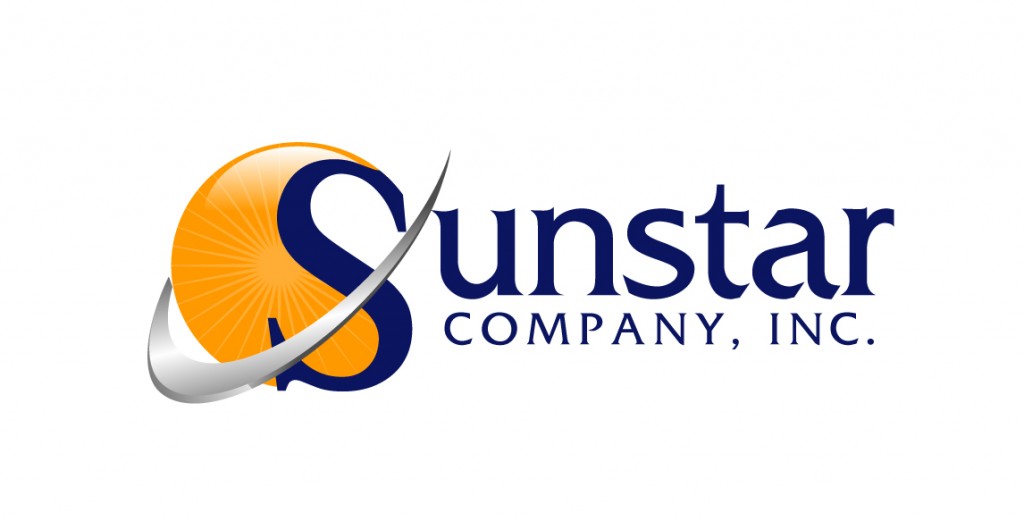To Lean More – Contact Sunstar Company, Inc sales at (310) 330-2900
Oracle has released the StorageTek T10000D enterprise tape drive with 8.5 TB of native capacity and a data transfer rate of 252 MB/s. It is backward read compatible for the three previous generations of this product.
It has 54 percent more capacity per cartridge compared to the previous generation. The company touts it as the first tape drive with support for both 16 Gb/s Fibre Channel (FC) and 10 Gb/s Fibre Channel over Ethernet (FCoE). Users can drag-and-drop multiple tape volumes onto a single StorageTek T10000D cartridge.
“Oracle’s new StorageTek T10000D tape drive is the fastest and highest capacity drive available,” said James Cates, Vice President, Hardware Development, Oracle. “Customers can use it to accelerate massive consolidation of long-term archives, improve data center efficiency, and lower TCO.”
IBM
IBM has released the TS1150 enterprise drive with a native data rate of 360 MB/sec, up about 50% from the previous version (TS1140). It has a capacity of 10 TB per cartridge.
The company has also been busy with the release of LTFS LE version 2.1.4 (Linear Tape File System) which now supports non-IBM tape libraries. And IBM has been working with Quantum and HP on the future of tape with a roadmap they plan to extend to Linear Tape Open (LTO) generations 9, 10 and beyond.
The guidelines these companies have come up with plan to achieve compressed capacities of 62.5 TB for LTO-9 and 120 TB for generation LTO-10. They also plan to push the envelope with compressed transfer rates reaching as high as 2,750 MB/second for LTO-10.
HP
HP has released StoreOpen Automation to simplify the process of using Linear Tape File System (LTFS). LTFS makes tape file-based and easier to use. In addition, it lets users use standard file operations on tape media for actions such as accessing, managing and sharing files. This is done using an interface that behaves similarly to a hard disk. The latest release extends its support to Windows. Previously it was available for Mac and Linux. This extends LTFS functionality by presenting a tape library and its cartridges as a collection of folders.
Fujifilm Recording Media USA
Fujifilm may not be the first name on anyone’s lips when they think of storage media. Yet the company had made over 100 million Linear Tape Open (LTO) Ultrium data cartridges (53 exabytes) since they were released at the turn of the millennium.
Fujifilm also demonstrated data density levels of 85.9 Gb/in2 on linear magnetic tape using Fujifilm’s NanoCubic and Barium Ferrite particle technologies. This is part of the overall tape roadmap to continue to make it possible to product bigger and bigger LTO cartridges.
“This equates to a standard LTO cartridge capable of storing 154 terabytes of uncompressed data,” said Peter Faulhaber, President of FUJIFILM Recording Media U.S.A. “Together with IBM, we have been able to create the basis for extraordinary data density on tape that is fast, cost effective and energy efficient.”
Crossroads partners with FujiFilm to provide the StrongBox, which has the aim of making tape as simple to use as disk. StrongBox is said to provide the economics of tape with speed and simplicity of disk.
“We call this Capacity Defined Storage, using the right amount of disk/SSD with the right amount of tape,” said David Cerf, Executive Vice President of Strategy & Business Development, Crossroads. “StrongBox has user defined policies to intelligently deliver capacity optimized storage for unstructured data to ensure optimized performance at the lowest cost per gigabyte.
Quantum
Quantum has introduced StorNext PRO Production. It delivers production, review, archive and LTFS sharing in one system, and is said to offer high capacity and performance.
“This solution integrates Quantum tape technology as part of customer workflows for video content production and archiving,” said Eric Bassier, Senior Director, Product Management, Quantum. “This is a great example of a market where the use of tape is not declining – in fact it is growing.”
